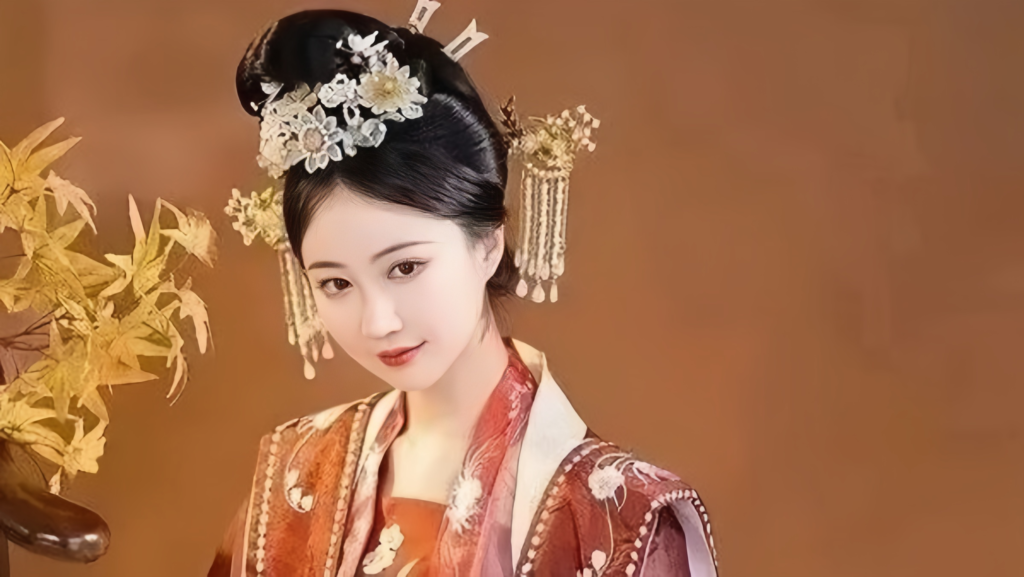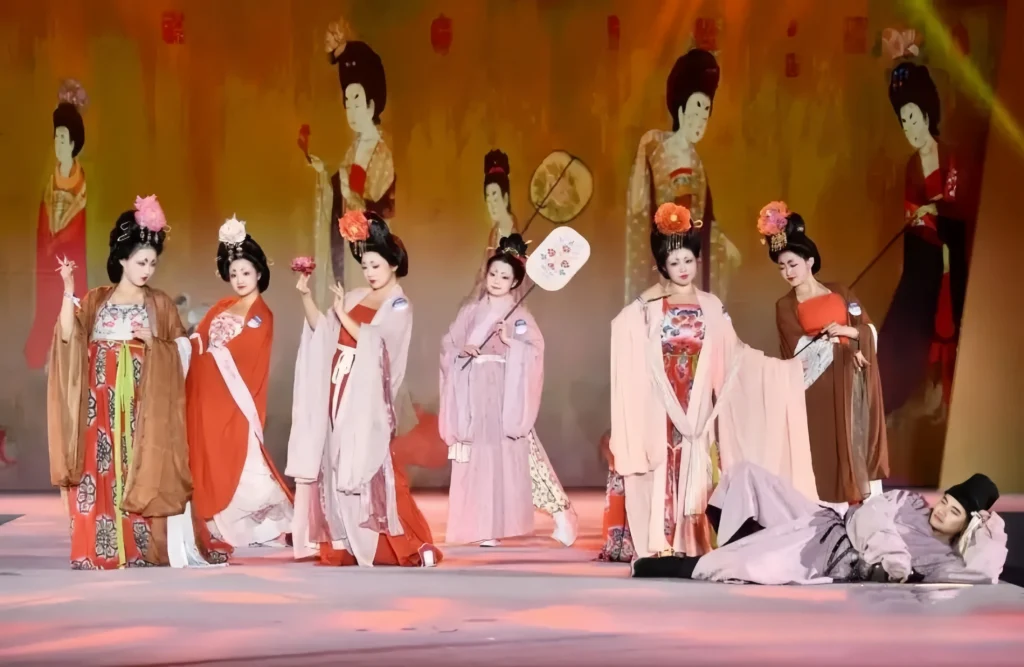Luoyang Hanfu: A Refined Representation of Traditional Chinese Attire

China’s civilization has a deep and extensive history, and traditional clothing has always been an important part of that cultural legacy. Hanfu, known for its elegance and intricate craftsmanship, has long been a symbol of Chinese heritage. Among many cities with a strong Hanfu culture, Luoyang stands out due to its rich historical background and exceptional craftsmanship. It beautifully showcases the refined essence of traditional Chinese attire, preserving and evolving a legacy that has existed for centuries.

The Historical Roots of Luoyang Hanfu
Luoyang, historically known as Luoyi, is one of the birthplaces of Chinese civilization and has long been considered the cradle of Chinese culture. Throughout history, it served as the capital for thirteen dynasties, witnessing countless political changes and cultural transformations. As a major center for politics, economy, and culture in ancient China, Luoyang played a crucial role in the evolution of Hanfu.
Hanfu itself dates back to the Zhou Dynasty, but it wasn’t until the Han Dynasty that it developed into a fully established clothing system. During the reign of Emperor Wu of Han, Confucianism became the dominant ideology, and along with it, traditional attire and etiquette were emphasized. Luoyang Hanfu styles and designs during this period became the standardized attire for people across different social classes, setting the foundation for future generations.
Luoyang, as the political and cultural hub of the Han Dynasty, had a thriving clothing industry. Historical records suggest that Hanfu styles in Luoyang were not only practical and comfortable but also carried deep cultural meaning, reflecting the values of Confucian etiquette and traditions. Over time, these styles continued to evolve while preserving their distinct aesthetic and ceremonial significance.
Luoyang Hanfu’s historical roots showcase classic hanfu dynastic styles.
The Unique Charm of Luoyang Hanfu
Diverse Styles with Distinct Characteristics
One of the most fascinating aspects of Luoyang Hanfu is its variety of styles, each with its own unique design and historical significance. Some of the most notable styles include:
- Quju (曲裾): A type of robe with a curved hem that wraps around the body, known for its flowing and elegant appearance.
- Zhiju (直裰): A straight-cut garment often worn by scholars and officials, featuring a simple yet dignified design.
- Ruqun (襦裙): A classic Hanfu style consisting of a short top (ru) paired with a long skirt (qun), embodying a graceful and feminine aesthetic.
Each of these styles reflects different aspects of ancient Chinese fashion, demonstrating both the diversity and cultural depth of Hanfu.
Vibrant Colors and Exquisite Patterns
Luoyang Hanfu is also distinguished by its colors and patterns, which hold symbolic meanings in Chinese culture. Some of the most commonly used colors include:
- Red – Symbolizing joy, prosperity, and celebration.
- Black – Representing solemnity, mystery, and depth.
- White – Signifying purity and elegance.
- Blue/Green – Associated with nature, renewal, and vitality.
Beyond colors, Luoyang Hanfu often features intricate embroidery and decorative patterns, such as:
- Dragons and phoenixes – Symbols of power and nobility.
- Floral and landscape motifs – Representing beauty and harmony with nature.
- Birds and fish – Associated with good fortune and longevity.
These details not only add to the visual appeal of Hanfu but also convey cultural stories and symbolic meanings that have been passed down for centuries.
Luoyang Hanfu’s dynastic styles inspire travel fashion choices.
Masterful Craftsmanship and High-Quality Materials
Another defining feature of Luoyang Hanfu is the exceptional craftsmanship that goes into making each piece. The production process combines traditional weaving techniques with meticulous embroidery skills, resulting in garments that are both visually stunning and highly durable.
One of the most renowned embroidery techniques used in Luoyang Hanfu styles and designs is Tiaohua embroidery (挑花刺绣). This technique, which involves creating elaborate patterns with fine needlework, requires a deep understanding of geometry, symmetry, and precision stitching. The result is embroidery that appears three-dimensional and incredibly detailed.
In terms of materials, Luoyang Hanfu typically uses silk and natural fibers, such as cotton and linen. These fabrics are not only soft and breathable but also provide excellent durability and warmth, making them ideal for both formal and everyday wear. Every element, from fabric selection to stitching techniques, reflects the dedication to preserving the high standards of ancient Chinese craftsmanship.
Preserving Tradition While Embracing Innovation
With the fast-paced changes of modern society, how can Luoyang Hanfu continue to thrive? Preserving traditional culture while adapting to contemporary trends is a challenge, but it also presents exciting opportunities. Here’s what can be done to ensure the future of Luoyang Hanfu:
1. Strengthening Cultural Education
One of the most important steps in preserving Hanfu culture is educating younger generations. Schools can introduce courses on traditional clothing and etiquette, while cultural organizations can host workshops and lectures to raise awareness. When young people understand the history and significance of Hanfu, they are more likely to appreciate and actively participate in its revival.
2. Innovating with Modern Fashion Trends
For Hanfu to remain relevant, it must adapt to modern tastes while staying true to its traditional roots. Designers can incorporate modern cuts, lighter fabrics, and practical elements to make Luoyang Hanfu styles and designs more wearable in daily life. By blending tradition with contemporary fashion, Hanfu can attract a broader audience while maintaining its cultural integrity.
3. Expanding Hanfu’s Influence Beyond Clothing
Hanfu doesn’t have to be limited to traditional fashion—it can be integrated into home decor, accessories, and lifestyle products. For example, Hanfu-inspired patterns and motifs can be used in furniture, stationery, and even digital art. This expansion will allow more people to engage with Hanfu culture, making it a living and evolving tradition rather than a niche interest.
Final Thoughts
Luoyang Hanfu is more than just a beautiful style of clothing—it’s a symbol of China’s rich cultural heritage, a bridge between history and modernity, and a testament to the enduring charm of traditional craftsmanship. By embracing both preservation and innovation, Luoyang Hanfu can continue to inspire new generations, keeping the elegance and wisdom of ancient Chinese attire alive for years to come.





Responses